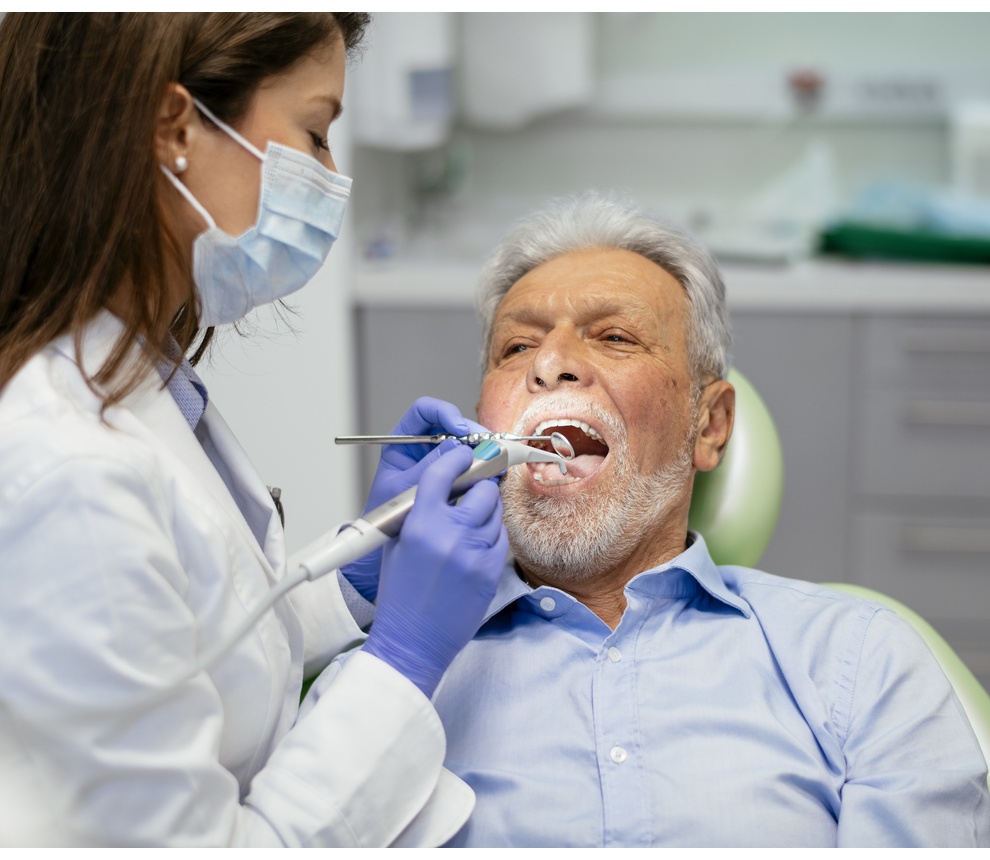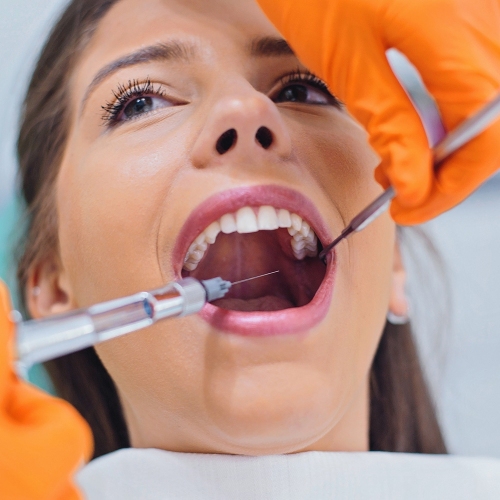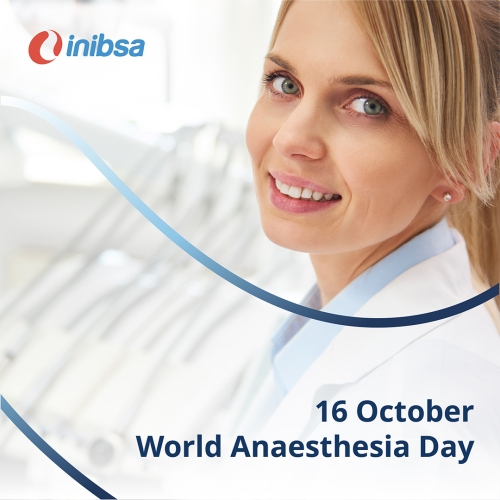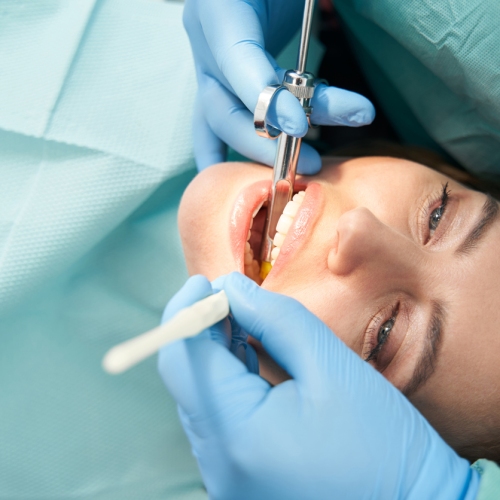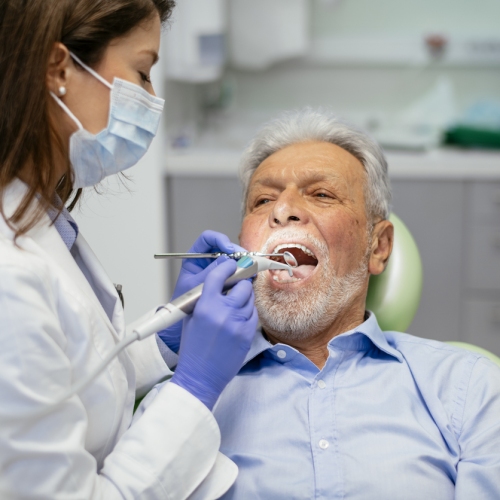Injectable Anaesthetics for Pain Control During Dental Procedures
Anaesthetics are used during dental procedures to make patients comfortable and, in some cases, restrict bleeding in the surgical area (e.g. Artinibsa 4% 1:100,000 solution for injection). However, special considerations need to be made for eldery patients who may have pre-existing conditions. Additionally, providers who use local anaesthetics should closely monitor elderly patients and be aware of signs of toxicity.
Anaesthesia for Eldery Patients
When treating elderly patients, the changes in pharmacokinetics and pharmacodynamics must be taken into account with dosing. The liver and kidneys do not function as well in older people, so drug metabolism and clearance may be impacted. With this, the lowest possible dose should be used in order to prevent adverse effects or toxicity.
Local anaesthetics are indicated for use in elderly patients, and there should not be any differences in response compared to other patients populations. In formulations that contain epinephrine, the lowest possible dose should also be used to prevent adverse effects. Commonly, elderly patients have underlying health conditions — such as cardiovascular disease — that can be worsened with epinephrine.
Some elderly patients may be nervous or scared, which can lead to an endogenous catecholamine release. Local anaesthetics containing epinephrine may compound the effects of this endogenous release, leading to complications. As a result, continuous blood pressure and heart rate monitoring are advised, especially in cases where multiple administrations are needed.
Dr. Stanley F. Malamed recommends articaine as the preferred local anaesthetic for elderly patients. Block injections that target specific areas of innervation are preferred over infiltration.
Artinibsa Solution for Injection
Artinibsa is made using 40 milligrammes (mg) of articaine with 5 or 10 microgrammes (µg) of adrenaline. There is currently no information available on the relationship between age and the effects of articaine in elderly patients. However, articaine has a shorter half-life than other local anaesthetics, making it an ideal choice for elderly patients who may have a decreased metabolism and drug clearance.
Xilonibsa Solution for Injection and Spray
Xilonibsa is administered by one of two ways — as a pulsing dispenser containing 10 mg of lidocaine spray, or 20 mg lidocaine with 0.0125 mg of epinephrine as an injection. There is currently no information available on the relationship between age and the effects of lidocaine in elderly patients. Caution should be taken when administering the anaesthetic and patients should be closely monitored during treatment.
Scandinibsa Solution for Injection
Scandinibsa is an injectable solution that contains 30 mg of mepivacaine hydrochloride. Even if the plain formulation does not contain epinephrine, it should be used with caution in elderly patients with cardiovascular complications. There are currently no studies available that have investigated the age-related effects of mepivacaine injection in elderly patients.
Elderly patients with liver and kidney complications should also be closely monitored when given mepivacaine, as it is primarily metabolised by the liver and is excreted into the bile and urine.
Inibsacain Solution for Injection
Inibsacain is an injectable solution that contains 5 mg of bupivacaine and 0.005 mg of epinephrine. There are currently no studies available that have investigated the age-related effects of bupivacaine injection in elderly patients.
However, it is known that bupivacaine is metabolised by liver and excreted partially in the urine; with this, elderly patients with liver and kidney complications should be monitored closely when given bupivacaine.
According to the World Health Organization, by 2030, 1 in 6 people will be aged 60 years or more. As the world’s population continues to age, dentists will begin to treat more elderly patients on a regular basis, highlighting a need for understanding how local anaesthetics affect this population.
References
- Malamed, S.F. Handbook of Local Anesthesia. 7th. ed.- St. Louis, MI : Elsevier Mosby, 2020.
- Daskalov H. et al. Local anesthetics in patients with cardiovascular diseases. J of IMAB. 2015;21(1):728-731.
- Moore P.A. et al. Hemostatic and anesthetic efficacy of 4% articaine HCl with 1:200,000 epinephrine and 4% articaine HCl with 1:100,000 epinephrine when administered intraorally for periodontal surgery. J Periodontol. 2007;78(2):247-53.
- Ouanounou A., Haas D.A. Pharmacotherapy For The Elderly Dental Patient. J Can Dent Assoc. 2015;80:f18.
- Decloux D., Ouanounou A. Local Anaesthesia in Dentistry: A Review. Int Dent J. 2021;71(2):87-95.
- Summary of Product Characteristics of Artinibsa 4% 1:100,000, Artinibsa 4% 1:200,000, Xilonibsa 2% 1:80,000, Xilonibsa Spray 10%, Scandinibsa 3% and Inibsacain 5 mg/ml + 0.005 mg/ml.
- World Health Organization. Ageing and health. 4 October 2021. Retrieved from https://www.who.int/news-room/fact-sheets/detail/ageing-and-health
